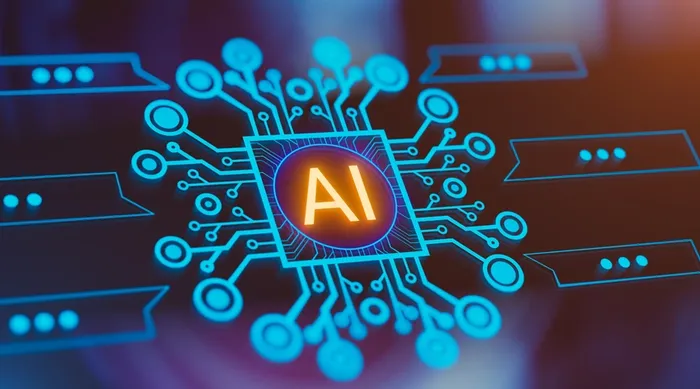AI Powers Next-Gen Plastic-Film Recycling
Hyperspectral imaging technology uses deep-learning artificial intelligence to sort flexible packaging and other films rapidly and efficiently.

At a Glance
- Metaspectral wins $109,000 contract from the Canadian government.
- Advanced imaging, paired with AI, can identify and separate challenging flexible materials.
- Hyperspectral technology will virtually eliminate contamination in recycled films, boosting their value.
Environment Climate Change Canada (ECCC) has awarded a six-month, six-figure contract to Vancouver, BC-based Metaspectral to test an artificial-intelligence-enabled plastic-film sorting technology.
The CAD$150,000/$108,962 contract is part of the Canadian Plastics Innovation Challenge, a program focused on improving the collection and sorting of flexible packaging and other plastic films in Canada.
Metaspectral’s technology uses specialized cameras to capture hyperspectral images of waste plastics, thus detecting the materials’ chemical signatures. Deep learning algorithms then process the images, identifying the composition of the materials at the polymer level.
The signatures include up to 300 spectral bands, vs. three bands with conventional computer-vision systems. Using AI algorithms to analyze the signatures and identify materials enables fast sorting that is more accurate than conventional manual and automated sorting.
According to ECCC, Canada generated about 1.4 million tons of plastic film in 2019, a fraction of which — less than 4% — was recycled, primarily because of collection and sorting challenges. Flexible packaging is also a pollutant, littering Canadian shorelines and other natural environments.
Detects packaging films and more.
“During the six-month [contract] period, the focus is on demonstrating the technical and scientific merit and feasibility of Metaspectral's approach,” says Francis Doumet, CEO and cofounder of Metaspectral. The company “will train models to detect a variety of kinds of thin film and assess their accuracy.”
Doumet adds that “the focus of the project is on challenging materials,” so Metaspectral will investigate a range of films, including monolayer, multilayer, metallized, laminated, and coextruded materials.
The company will test films used for packaging and also films sourced from medical facilities. Testing will be performed at the company’s Vancouver facility. During the contract period, Metaspectral will test the accuracy of its models in identifying various films.

AMGUN / ISTOCK / GETTY IMAGES PLUS VIA GETTY IMAGES
Historically, the challenges inherent in sorting plastic-film waste have resulted in landfill and incineration of the materials rather than recycling. Or, waste films have been baled together, causing contamination that reduces the recycled materials’ market value.
Films are “often particularly challenging” to recycle for two key reasons, Doumet explains. First, many films are transparent, so the film and whatever is beneath the film both reflect back into the sensor. Second, films are thin, so “the reflection of the light from the material is very weak, which impedes the material identification.”
He adds, “Metaspectral's approach uses hyperspectral imaging and AI to unmix those signals … determining different materials in a stack and extracting more information from a weak signal.”
Technology has industry, government support.
A leading Canadian recycler, Merlin Plastics, already uses Metaspectral’s technology for sorting consumer recyclables. In Merlin’s system, robotic equipment automatically picks selected items off the conveyor belt. Metaspectral’s hyperspectral cameras are installed above Merlin’s conveyors.
Additionally, in 2023 Metaspectral received CAD$419,226/$305,090 from the CleanBC Plastics Action Fund. CleanBC is a British Columbia government initiative that aims to lower climate-changing emissions by 40% by 2030. The investment supports the development and installation of technology for automating separation of homopolymer high-density polyethylene (HDPE) containers from copolymer-HDPA containers. The goal is greater than 90% sorting accuracy.
Homopolymer HDPE is used to make milk jugs. In contrast, copolymer HDPA containers are typically used for detergents and automotive oil.
Metaspectral’s ability to separate copolymer HDPE from homopolymer HDPE again addresses contamination and the subsequent problem of reduced value for the recycled plastics — a common occurrence with conventional human and computer-vision sorting systems that cannot differentiate between copolymer and homopolymer HDPE.
About the Author(s)
You May Also Like




